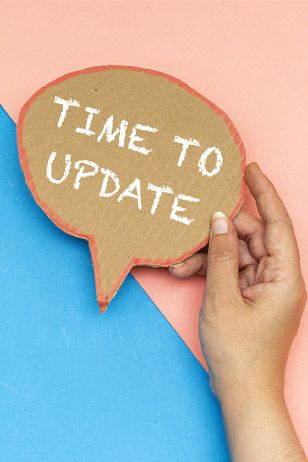Resume Tips & Templates
Easy to use cover letter and resume templates
Creating a resume that best promotes your skill sets, experience and qualifications, is the first step in setting yourself up for success.
Our resume templates provide you with a structure that works for Acclaimed’s specialist areas of employment, so you can create a resume tailored to the job you’re applying for.
Simply choose and download one of the three templates below and follow the prompts to create a job-winning resume.
We have also provided further resume advice, including:
The basics:
What should my
resume include?
Our free resume templates or CV templates below provide an example of the kind of information you should include in your resume. As a general overview, your resume or CV should include the following:
- Name and contact details
- Career objective that reflects the job you’re applying for
- Skills that meet the criteria for the job
- Employment history of relevant experience
- Education or other qualifications
- Other experience that may be useful in undertaking the job
How long should my resume be?
About two to three pages is a good length. One-page resumes can appear slight, while resumes much longer than three pages can seem a little unwieldy and may deter recruiters, especially for roles where there are a large number of applicants. The free resume templates below provide a good example of how to structure a concise resume with all the information you need to include.
The exception to the two-to-three-page rule is when you are applying for more senior of executive roles. In these instances, it can be a good idea to provide a longer and more robust resume.
How much effort should I put into the design of my resume?
Because your resume is likely to be uploaded to a database or ATS, it needs to be easily readable to those systems. If your resume is overly designed and uses things like tables or images, key information may be missed when it is uploaded.
As a general rule, the less formatting the better. Don’t include images and lay the text out neatly with clear headings for each section. Use an easy-to-read standard font like Arial or Helvetica at a minimum 11-point font size.
Our free resume templates below provide a great starting point for creating a resume that can be easily digested by recruiters and Applicant Tracking Systems alike.
Should I include
referee details?
These days, you don’t need to include referee details in your resume. It is enough to include a line such as “Referees available upon request”. However, once you’ve been for your interview, you should be ready to supply details for at least two referees who can speak to your relevant skills.
Your referees should be people you reported directly to, who have a good understanding of the skills and attributes you bring. It is worth having a chat with your referees prior to them being contacted by a hiring manager or recruiter, to talk about the role you are applying for and indicate if there are particular relevant skills or achievements you would like them to highlight.
What not to include in your resume
Almost as important as what to include in your resume is knowing what to leave out. This video explains some of the main resume no-nos, according to our specialist recruitment consultants. Our tips are targeted at optimising readability and minimising risk of unconscious bias.
Download your Resume Template
Choose from our range of templates specially designed by our professional consultants.
Recruiter-friendly
resume
This neat, clean format can be easily processed by recruitment databases. Recruiters will love it.
One-to-two page
resume
A slightly more eye-catching resume, great for your first job or in situations where your skills are in demand.
Visual
resume
A great format to use to highlight key attributes - use if you've had various jobs or are looking to change careers.
Write Your Cover Letter
Your cover letter is just as important as your resume. This is your opportunity to really sell yourself to your prospective employer, explaining how the things you have achieved in your career make you an ideal candidate. As with your resume, make sure you tailor your cover letter to the specific employer and role, with reference to key words and phrases from the job ad.
Download our handy how-to guide for more advice on writing the perfect cover letter.




